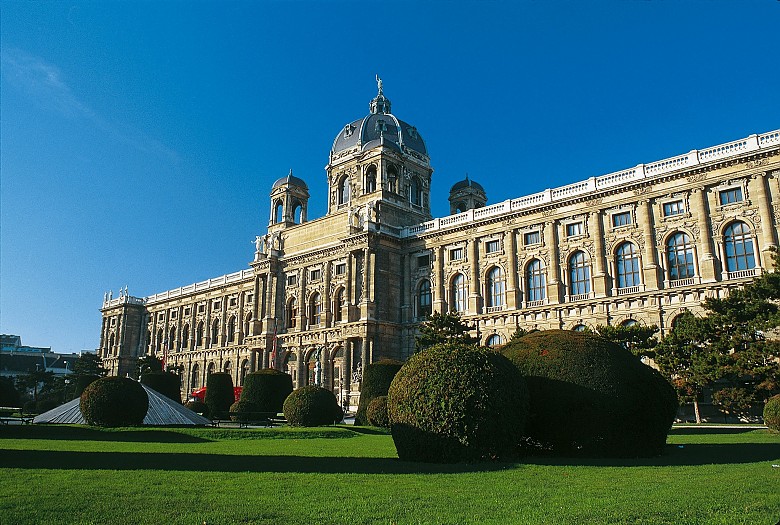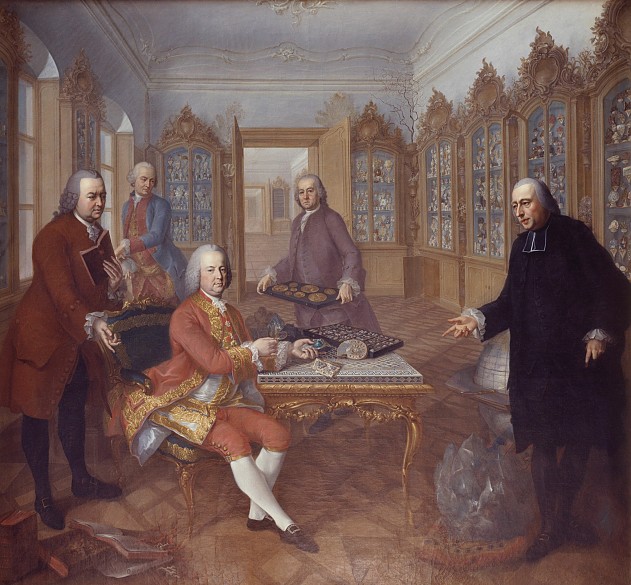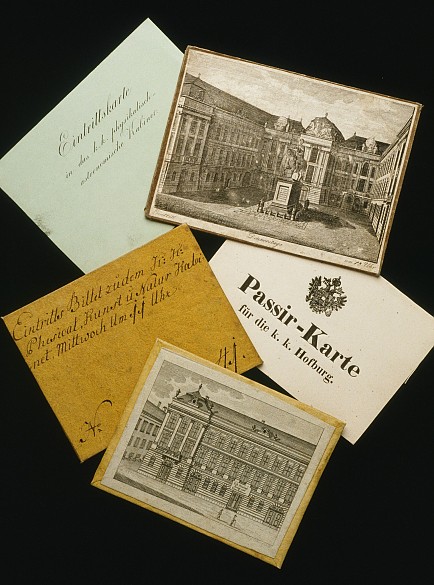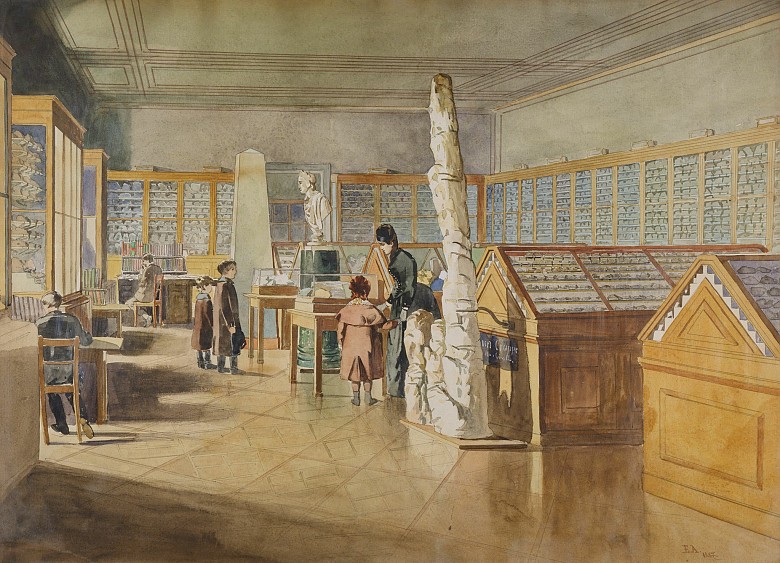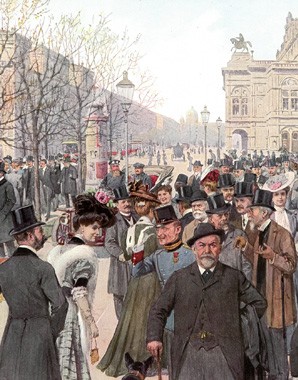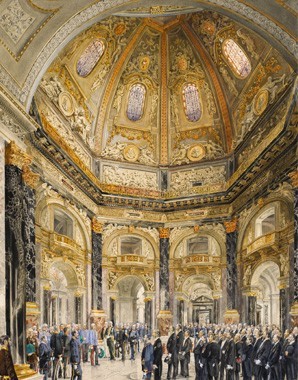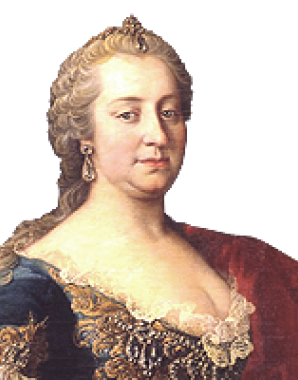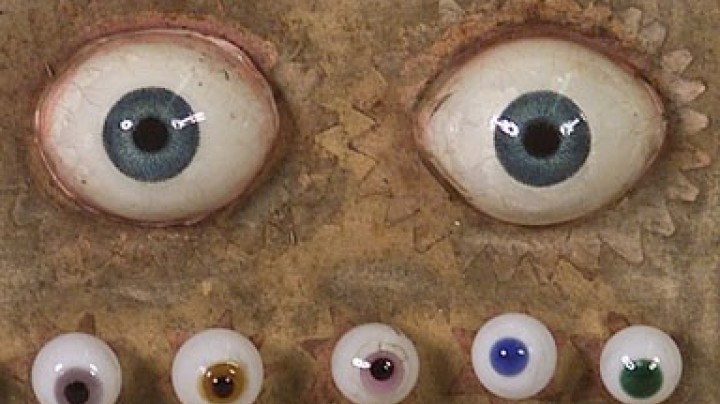The natural history collections
Blackbird, thrush, finch and starling – the imperial natural history collections did more than merely promote Crown Prince Rudolf’s interest in ornithology. From 1889 the holdings could be viewed in the new museum building.
The natural history collection goes back to Emperor Franz I Stephan, consort of Maria Theresa. In 1750 he acquired the largest natural history collection then in existence from the Florentine scholar Chevalier Johann von Baillou (1684–1758). The collection comprised 30,000 objects. After the death of her husband, Maria Theresa transferred ownership of the collection to the state.
During the eighteenth century the natural history collection was displayed in the Hofburg. There were rare molluscs, corals, fossils, shells, gemstones and minerals to examine and marvel at. The collection even contained a stuffed giraffe, for which a hole had to be specially cut in the ceiling where it was displayed in a room in the palace overlooking Josefsplatz.
Numerous new acquisitions and additions from expeditions meant that the collection outgrew its premises in the Hofburg. With the demolition of the city walls and the construction of the Ringstrasse the natural history collections were also to acquire a new home, the Naturhistorisches Museum, which was ceremonially opened by Emperor Franz Joseph on 10 August 1889.
In his youth, Crown Prince Rudolf was taught natural history by the respected scientist Ferdinand von Hochstetter (1829–1884), appointed director of the Court Museum of Natural History in Vienna in 1876 and chiefly responsible for the planning of the museum on the Ringstrasse, particularly its division into departments. Rudolf himself became a noted ornithologist, publishing several monographs in this field, and maintained his links with the museum as long as he lived.
